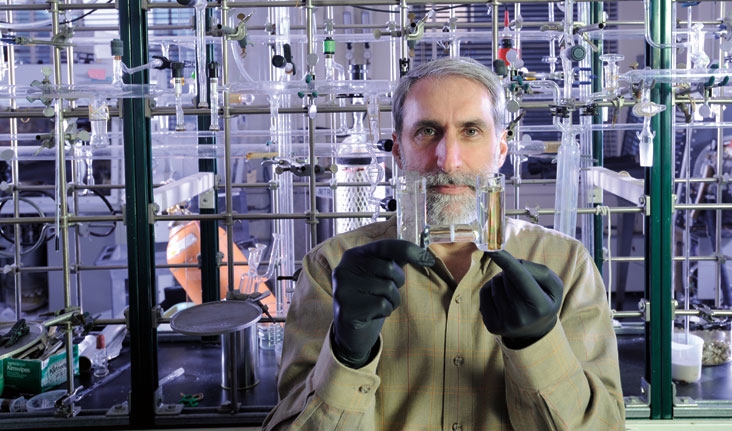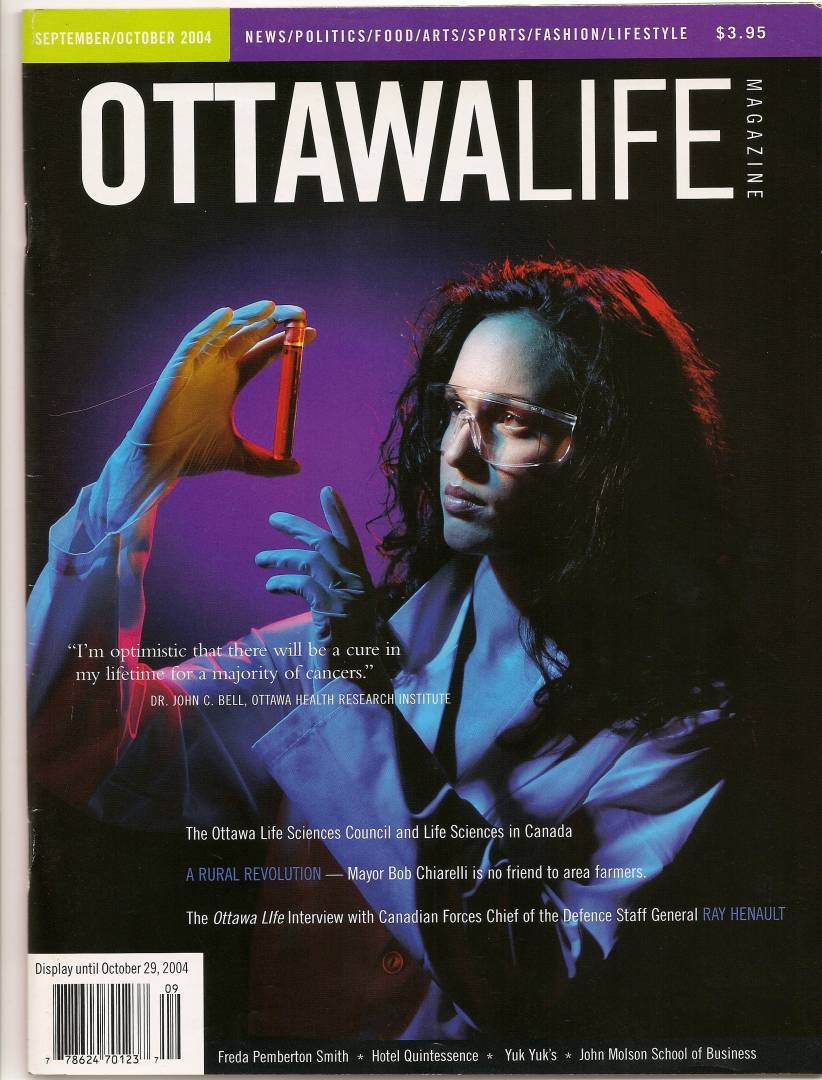
Putting the “Science” in “Science Fiction” – Hydrogen Power, Part 3
I have discussed the potential benefits and limitations of hydrogen power in my two previous blogs, showing how the transition to hydrogen power shows great potential for the creation of a greener future and the issues that will need to be overcome in order to allow a hydrogen economy to become feasible. Hydrogen power offers the possibility of abundant and sustainable energy, but it cannot become commonplace until the infrastructure to manufacture and transport hydrogen fuel becomes available. Most estimates place the cost of creating a hydrogen infrastructure in the multi-trillion-dollar range, and hydrogen power will only be green once the energy sources that power hydrogen manufacturing are also green. These hurdles present legitimate concerns and very real difficulties in the pursuit of this technology but Daniel Nocera, a former MIT professor who went on to found the Sun Catalytix company, believes he has found an affordable solution to both problems.

Nocera’s research started with studying the effects of photosynthesis and examining how plants create the energy they need from sunlight. Nocera then attempted to replicate this technique to create energy for human use. Eventually his research paid off, resulting in a small silicon chip that is coated in a mixture of catalysts. When this chip is placed in water and hit by direct sunlight it begins splitting the water into hydrogen and oxygen. Estimates are that with 1½ bottles of water, a single “artificial leaf” can provide enough energy in a day to power a small home. Since this system can provide hydrogen for fuel use at the site where it is needed, it solves both main issues of hydrogen power, the energy requirements and need for a distribution system. These “artificial leaves” are easy to mass produce, but expense is still a factor. Nocera and his team have already taken steps in this direction by replacing the more expensive metals that former versions used with cheaper ones that are easier to acquire. Producing hydrogen using one of these chips is already cheaper and easier than producing it using conventional solar panels, and Nocera’s team hopes to continue bringing that cost down.

By introducing a cheap and easy means of producing hydrogen fuel, Nocera foresees a change in the way energy is viewed. He aims to create a culture of “personal energy,” where people personally produce the energy they need to power their homes and vehicles. He especially hopes to use his invention to provide easy electrical power to people in impoverished nations who do not have access to it. The main problem with this idea was that his “artificial leaves” required clean water to function. This problem was solved, however, and the lifespan of the chips was greatly extended, by creating a system that allows the catalysts to regenerate. The problem with dirty water is that it allows bacteria to grow on the catalyst, eventually creating a film that prevents the chip from working. But Nocera discovered a way to create a catalyst that can flake off in small amounts and prevent the film from forming, then replace the damaged catalyst. This will allow the chips to work no matter the conditions, so people can generate power no matter where they are, as long as they have access to water. By combining these chips with other technologies, like billboards that extract drinking water from atmospheric moisture, Nocera dreams of providing electricity and clean drinking water to the millions of people worldwide who do not have access to either. By pursuing this goal, the quality of life in impoverished nations can be greatly increased, while also allowing richer nations to move to a much greener system of energy production. In the short term, it would even be possible to use a scaled-up version of this technology to replace conventional power plants, creating hydrogen using “artificial leaves,” using that to produce electricity, and then sending the water runoff back into the system to be electrolyzed again.
Although it may still be some time until Nocera’s chips become commonplace, they promise a bright future for people all over the planet, as well as for the environment.
Top Photo: spectrum.mit.edu











